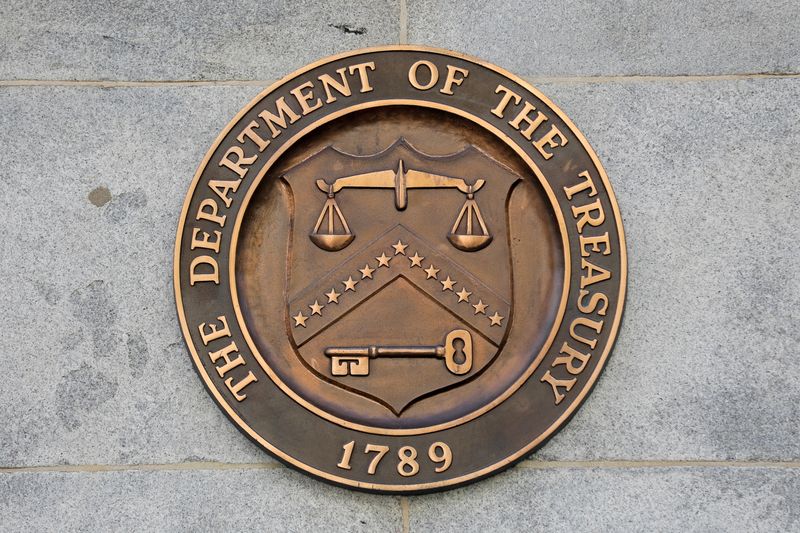Street Calls of the Week
Investing.com - As central banks worldwide adopt a more hawkish stance this month, bond bulls are finding reasons to celebrate. Market participants are increasingly drawn to long-duration bonds, believing that policymakers will successfully control inflation and yield solid, steady returns on debt instruments. This trend persists even though benchmark 10-year Treasury yields have dropped by nine basis points this year to 3.78% following aggressive interest rate hikes implemented by the Federal Reserve.
Despite a record-breaking 12% loss in US bonds last year, investors maintain confidence that central banks will gain control over inflation as economic growth moderates and supply chain bottlenecks ease up. However, they may find themselves unprepared if inflation remains unexpectedly persistent and authorities must sustain elevated borrowing costs for an extended period.
Chang Wei Liang, a strategist at DBS Bank Ltd., commented that the current environment is somewhat paradoxical: when central banks take a more hawkish approach toward raising rates, it bolsters their credibility about managing inflation and stabilizing long-term yields – assuming no fiscal shocks occur along the way.
Bloomberg survey analysts anticipate that the 10-year US yield will fall to around 3.39% by year-end. Treasuries have lost nearly 2% over the previous three months but still show an overall gain of approximately 1.6% for this year based on Bloomberg index data.
The recent downturns come amidst commitments from central banks across countries like the UK and the US who pledge continued efforts against rising prices despite easing expectations of policy shifts due to reduced price pressures.
Other factors might also be contributing positively to the demand for longer-dated notes; Chang further explained how sizable pension funds with extensive liabilities need investment in long-term bonds, regardless of circumstances. Additionally, the potential risk of an economic downturn might spur investors to hedge with long-term bonds.
In forward markets, traders are adjusting their positions in response to growing trust in central banks' abilities to manage inflation. They currently predict a 60 basis-point increase in 10-year Treasury yields over the next year – close to the lower end of recent three-month ranges and down from earlier expectations surpassing 100 basis points at the beginning of this year.
Khoon Goh, head of Asia research at Australia & New Zealand Banking Group Ltd., noted that while hawkish central banks and aggressive rate hikes have driven up short-term yields, long-end bonds remain stable due primarily to confidence that policymakers will effectively restrain inflation. In essence, investors are expressing faith in central bankers' competence.
